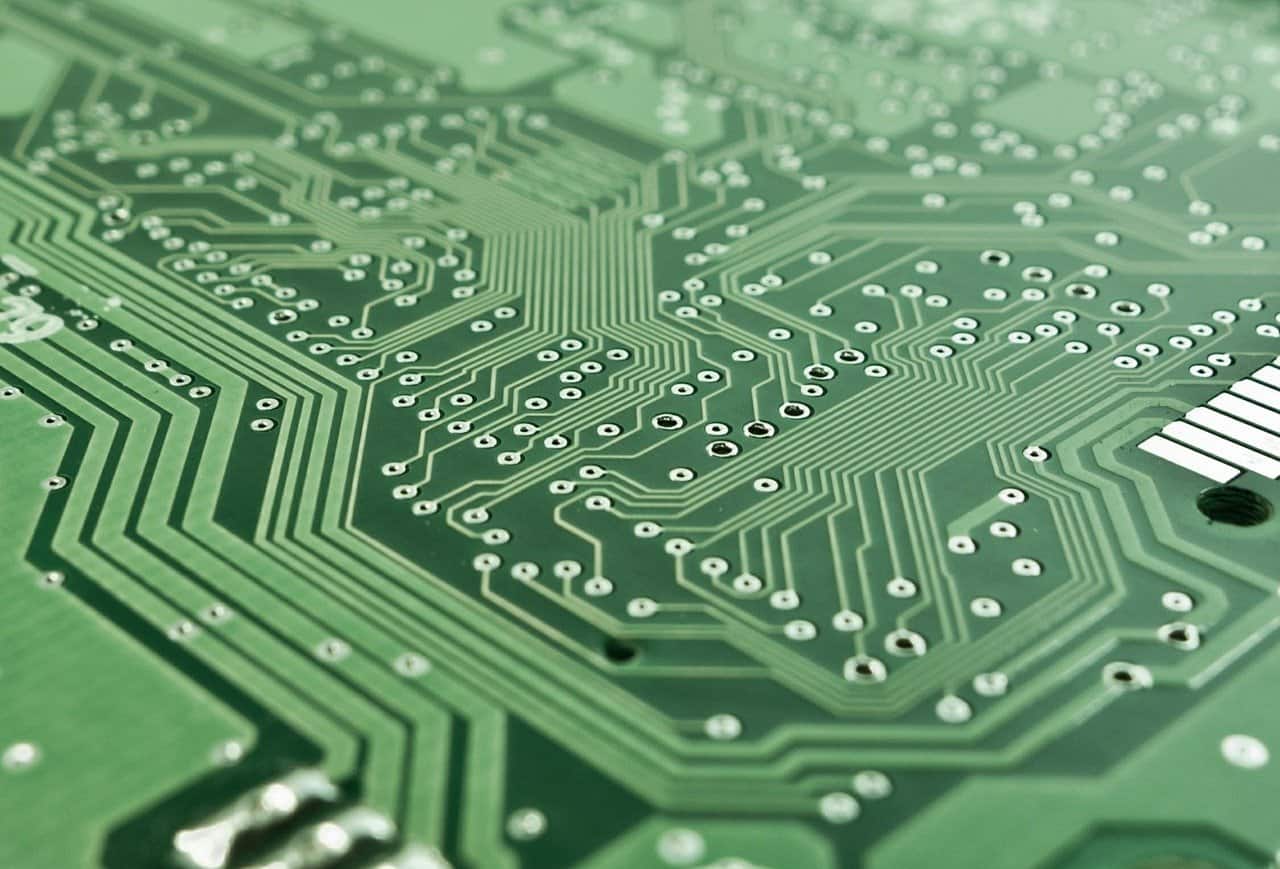While expensive gadgets still do (and likely always will) exist, we’re also seeing the emergence of many inexpensive, accessible gadgets. There are several reasons why this trend exists, but one of the most prominent reasons is the introduction of more efficient procurement strategies, which allows for a less expensive supply chain—and therefore lower prices for consumers.
In the future, gadgets will likely continue getting less expensive, with a broader range of available devices for consumers of all budget ranges.
Procurement and Tech Costs
Let’s start by analyzing how procurement can affect tech costs. Procurement is all about choosing suppliers, establishing terms of payment, vetting those suppliers, negotiating contracts, and eventually, paying for raw materials, products, and services.
Procurement is especially important in the tech industry because modern gadgets rely on hundreds of individual components. Strictly from a raw material standpoint, something like a smartphone contains aluminum oxide, silicon dioxide, indium tin oxide (for your touch screen), lithium cobalt oxide, carbon graphite, gold, copper, silver, platinum, and tungsten. Those constituent materials are assembled into multiple different pieces, including wiring, your battery, your screen, your motherboard, and different types of computer chips.
It gets even more complicated when you realize the many different approaches a tech company can take. Do you try to purchase the individual raw materials, create individual components, then assemble them yourself? Do you purchase the already-assembled components in bulk from different vendors, then assemble them yourself? Do you produce just some of the components, and then outsource the assembly? The choices are limitless, so there are limitless ways to cut costs.
There are several factors allowing companies to save money in their procurement strategies:
- Production combinations. First, there are nearly infinite combinations of sourcing and production that can be experimented with. A company can internally do some, all, or none of the work necessary to create a finished product, and use procurement to find the least expensive possible combination.
- Vendor and supplier diversity. Thanks to the worldwide, constant demand for new technology, there are millions of vendors and suppliers eager to sell their materials. If one doesn’t offer consistent quality or offer a price point that makes sense for your strategy, you can simply move onto the next one.
- More efficient software. Better procurement software makes it easier for companies to manage their procurement strategies. Strategists and managers can research more efficiently, and spend less time purchasing raw materials and products. The end result is a much more streamlined department—one that’s less expensive to run, and one that can greatly help the company’s bottom line.
- Better data analytics. Finally, modern tech companies have access to much more refined data analytics systems. They can quickly determine which purchase orders are successful and which ones have failed. They can find out exactly where they’re wasting money, and eliminate those sources of inefficiency.
And of course, tech companies are incentivized to find ways to cut costs. Competition is stiff and consumers are frugal, so oftentimes, the most successful product or company is the one with the lowest price point. It’s a built-in motivation to leverage a procurement strategy that results in lower prices.
Other Factors Leading to Lower Gadget Prices
That said, procurement is just one reason why the prices of gadgets are falling in many areas. There are also factors such as:
- Moore’s law. Moore’s law is a rule that predicts the number of transistors you can fit on a chip will double every 18 months. While Moore’s Law itself is coming to an end, it serves as a guiding principle for technological development; our progress tends to grow exponentially, even with consistent inputs. Accordingly, inferior versions of products or older models tend to be much less expensive to produce—and much less in demand, resulting in lower prices.
- Competition and information. Competition has always been a driving economic force, and it’s especially thick in the modern era due to the amount of transparent information available to consumers. It’s incredibly easy to figure out the “going price” for a given gadget, so if you aren’t priced competitively, your company will inevitably fail.
- Subsidization. Lately, Amazon has made a name for itself in offering ridiculously cheap gadgets—so long as you’re willing to put up with advertising. Subsidizing the cost of manufacturing certain types of technology could offset those costs, allowing companies to offer very inexpensive, or even free gadgets. This trend may extend to other forms of subsidization in the near future.
Inevitably, certain types of technology will only grow more expensive, but most types of technology will grow less expensive and more accessible over time. Better procurement is largely to thank for this, though there are a combination of factors in play here.

I enjoyed reading your article. It really explains every detail so well. Thank you